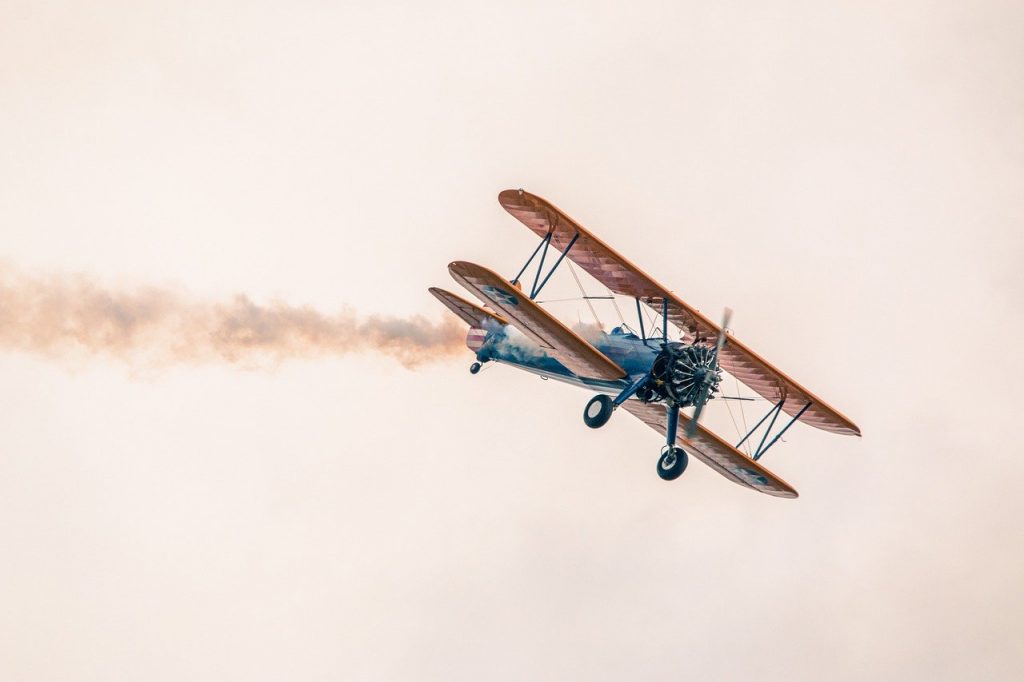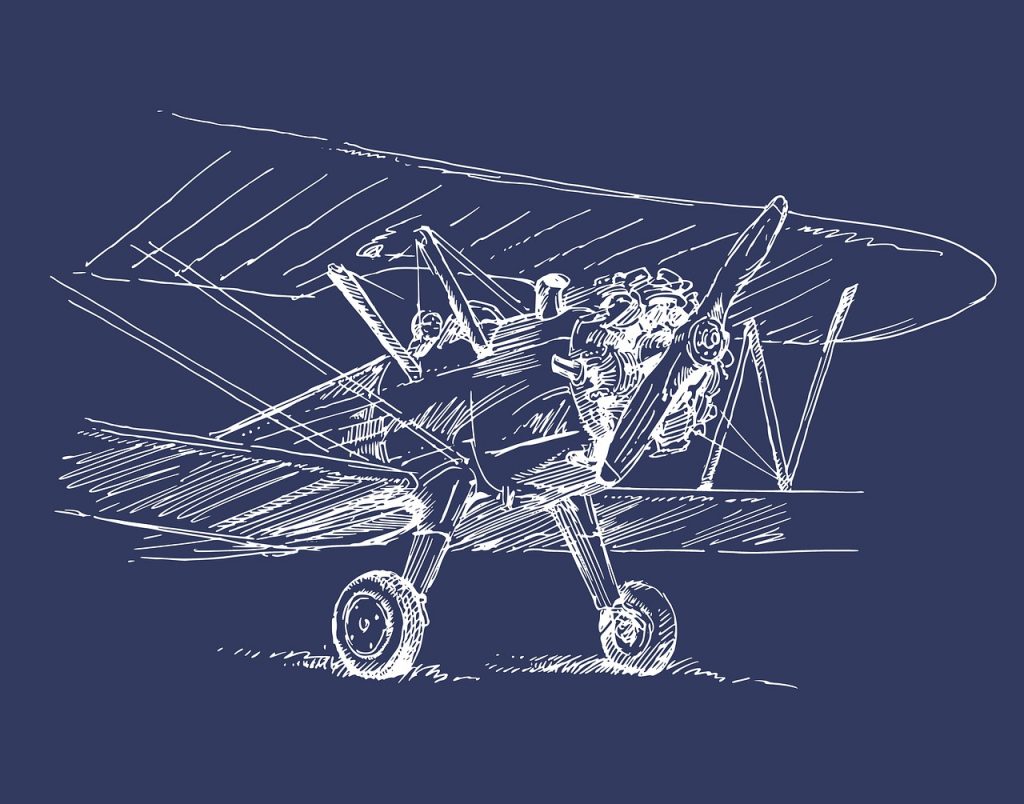What is meant by lift?
The lift in aerodynamics can be defined as an upward force acting on an aircraft. Any aircraft in the air tends to experience an upward lift force, along with the thrust of the engine. The force of its weight and a drag force acts along. Learn more about the airfoil in Aviation here. Sir George Cayley the first person to identify the four aerodynamic forces of flight weight, lift, drag, and thrust, also the relationships between them, and so outlined the path toward achieving heavier-than-air flight for the next century.
Causes:
When there is low air pressure on top of the airfoil and a region of high pressure on the bottom of the airfoil. That is caused by the airflow over the airfoil, the lift force comes into place. To frame it in simple words, it occurs when a moving flow of gas is interrupted by a solid object. As we all know Newton’s third law, every action has an equal and opposite reaction. The flow of air is turned in one direction and the lift is generated in the opposite direction.
No air, No lift
As we know lift is a mechanical force, generated due to contact. For the lift to come into action the solid object must be in contact with the fluid. Fluids may be liquid or gas. So, whenever there is no fluid, the lift is not generated. You might wonder if space is a vacuum, yet the space shuttles tend to fly or float! This is due to the orbital mechanics related to speed and not due to lifting.


Can we increase the lift?
Aircraft use flaps to retain the lift at lower speeds, during takeoff and landing. Flaps are used for changing the wing’s curvature. This is found to increase the lift. This feature helps in a slower landing approach and smooth landing. Lift is generated due to the difference in velocity developed between the solid and the fluid. Hence, when there is no motion there is no lift.


Attributes that define lift:
Lift acts perpendicular to the surface of the airfoil when transmitted through pressure. The pressure difference is found to be considered in conjunction with the curved airflow. Lift is considered to be a force that is produced by the perpendicular effect of the air acting on the airfoil and acts perpendicular to the flight path through the center of lift (CL) or called Center of Gravity (CG) and then the perpendicular to the lateral axis.
To have a better lift to drag ratio and stall characteristics, the production of a useful lift at zero angles of attack is required. However, to frame it in short, the production of a lift force expects both downward turnings of the flow and changes in flow speed which goes in hand with Bernoulli’s principle.

Pingback: What is Drag in Aerodynamic physics? How drag affects performance? - Criss Cross Tamizh Blog
Pingback: Basics of aerodynamics. How to break the sound barrier? - Criss Cross Tamizh Blog
Pingback: The history of Aerodynamic laws – Journey from a bathtub, an apple tree to modern planes everything you need to know! - Criss Cross Tamizh Blog